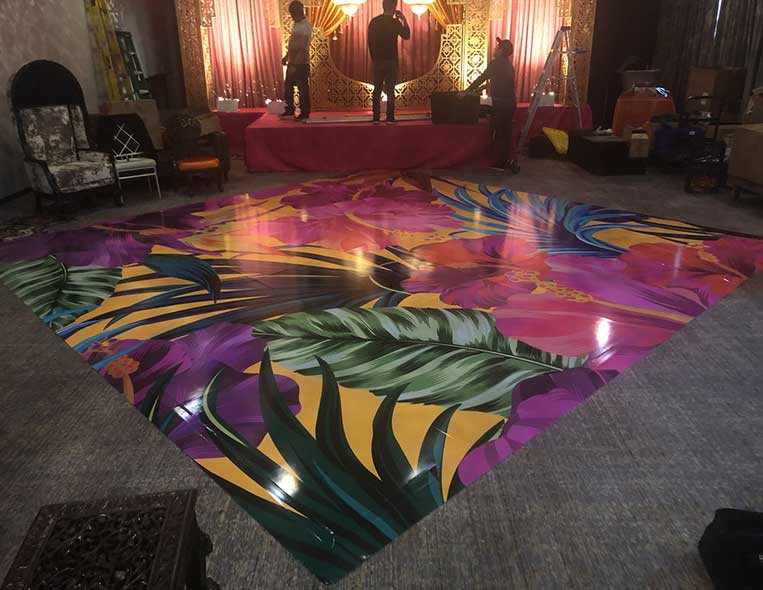Crucial Security Guidelines to Ensure a Enjoyable and Secure Dancing Floor Experience at Occasions
Crucial Security Guidelines to Ensure a Enjoyable and Secure Dancing Floor Experience at Occasions
Blog Article
As organizing an occasion with a dancing floor, ensuring the security of all participants is crucial. A fun and secure dance floor experience can improve the general satisfaction of the occasion. To attain this, occasion planners should implement essential safety protocols that cover different aspects of the dance setting. These protocols not only safeguard guests but also foster a friendly atmosphere where everyone can feel comfortable and have a good time.
One of the primary safety considerations is the physical area of the dance floor. It is important to make sure that the space is sufficiently sized enough to hold the expected number of guests. A packed dance floor can result to accidents, such as falls or collisions. Organizers should also check the flooring material to ensure it is suitable for dancing. Even surfaces, such as wood or vinyl, are ideal, while carpets can pose tripping hazards. Additionally, maintaining the dance space free of hazards, such as seats or furniture, will help avoid injuries and facilitate for a more pleasant experience.
Illumination plays a significant role in establishing a secure dance floor important source environment. Proper illumination not only sets the atmosphere for the occasion but also helps guests navigate the space safely. Low lighting can make it difficult for dancers to perceive their surroundings, raising the chance of accidents. Therefore, planners should use a combination of background and focused lighting to light up the dance floor adequately. Exit indicators should also be clearly visible, and planners should ensure that the illumination is adjustable to suit different types of tunes and dance genres.
Another crucial aspect of safety on the dance floor is audience management. Event staff should be trained to oversee the dance space and make sure that guests are behaving properly. This includes addressing any instances of overcrowding or unacceptable behavior that could lead to conflicts. Additionally, having a specific area for guests to take breaks can help minimize fatigue and prevent accidents. Offering water stations nearby can also promote hydration, which is vital for keeping energy levels during the dance.
Ultimately, it is essential to communicate safety protocols to all participants. Before the occasion begins, planners should notify guests about the regulations and expectations for the dance floor. This can include reminders to be mindful of their environment, respect personal space, and limit excessive alcohol consumption. Providing clear guidelines can help foster a culture of safety and responsibility among guests. By cultivating an atmosphere where everyone is conscious of safety measures, event organizers can guarantee that the dance floor remains a fun and secure space for all attendees.